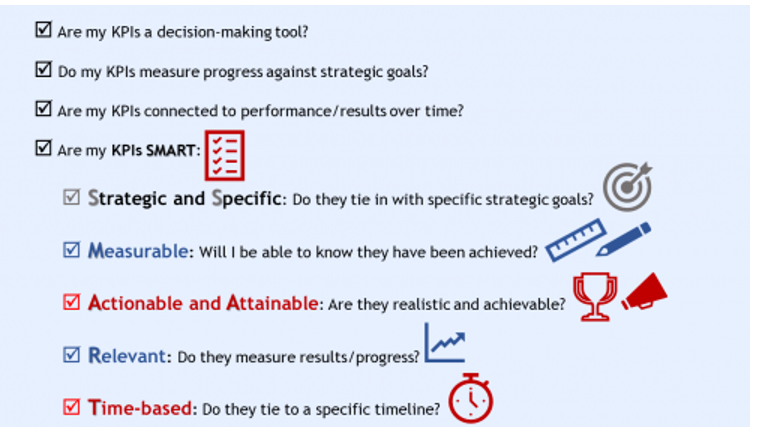 Data Analytics
Data Analytics Four Steps to Better KPIs
Deciding what key performance indicators (KPIs) the central procurement office should use can be tough. Where to even begin?
Here are four easy steps to follow when you embark on your KPI journey:
STEP 1: Understand What Defines Your Success
Understand what is critical to your organization’s successful performance. Your performance indicators should be aligned with your strategic goals and objectives and enable performance measurement in those key areas.
Make sure you have a team in place to get input and buy-in from all levels of the organization.
STEP 2: Define your critical success areas/factors
Your critical success areas are high-level goals and key activities your organization should focus on to achieve optimal performance.
Focus on a small number of areas that are directly correlated to your strategic goals and objectives and have a direct impact on the organization’s efficiency and viability.
STEP 3: Gather All Your Measures and Select Key Metrics
Gather available measures/quantitative numbers for all key activities that can be quantified and used to measure your performance. This will help you identify your key metrics for each critical area.
Make sure your metrics measure efficiency, performance, progress, quality of your plans and processes against a baseline or a benchmark.
STEP 4: Define KPIs for Each Critical Success Area Based on Select Metrics
Choose relevant metrics and determine how you can use them to assess your performance. Effective KPIs are strategic metrics that quantify your critical success areas and measure your strategic performance. They tell you how successful your organization is in achieving its goals by measuring change that occurred from previous period, using specific targets, benchmarks against own performance, or comparable services or organizations. To know if your KPIs are the right metric for your organization, use the below checklist.
When you calculate your key performance indicators, make sure they are expressed as percentages, averages, or ratios.
Remember the rule of thumb: KPIs should be smart.
· Strategic
· Measurable
· Actionable
· Relevant
· Time-based
KPIs should always align with agency goals and work to support them.
Public procurement success can be defined by:
How transparent and efficient procurement processes are
How well the state central procurement office engages with internal and external stakeholders, including vendors and state agencies
How much savings or value the central procurement office has achieved for the state




